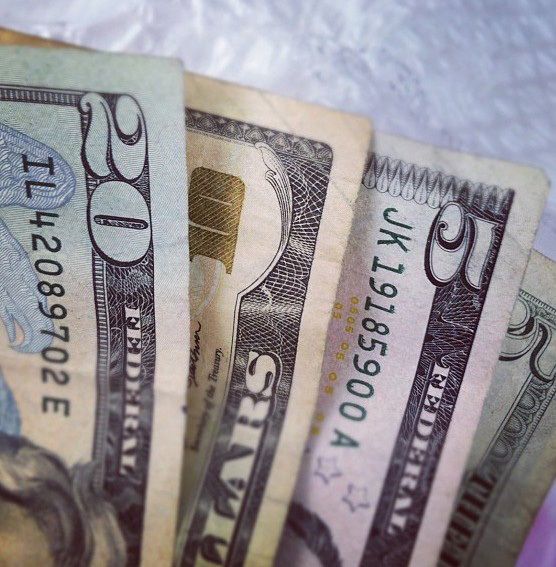
By Esther Crain
This post originally appeared on LearnVest as “Why Is Money Green?”
Today is St. Patrick’s Day, which means you’ll be seeing a lot of green — green hats, green pins and possibly even green beer, if you plan on hitting your local Irish pub for happy hour later.
But reminders of the Emerald Isle aren't the only green things we've got on our minds today. As personal finance nerds, we decided to take a look at the backstory of a different kind of green: greenbacks, or the paper bills you've got in your wallet right now.
So why don't we pay for things with, say, purple or red money? Turns out making money green was a late 19th century way to thwart counterfeiters. In the decades leading up to the Civil War, currency was printed by state-backed and private banks in a variety of sizes and denominations.
Then in 1861, the federal government began issuing its own currency to help finance the war. Counterfeiting was rampant at the time; clever thieves would often scratch off faded ink from bills and change the dollar amount, or they would photograph them and pass the photos off as the real thing.
To prevent this, one side of these new bills was printed in a green-black ink, which was less likely to fade, says Mark Anderson, numismatic consultant at the Museum of American Finance in New York City (hence the greenbacks nickname). And since green wouldn't show up on the black-and-white-only photos of that era, it was easy to distinguish between a real bill and a photographed copy.
When the feds standardized the look of paper bills in 1929, the green on the back remained because green ink was plentiful, durable and associated with “the strong and stable credit of the government,” according to the U.S. Department of the Treasury’s Bureau of Engraving and Printing, which designs and produces money.
Of course, if you've taken a close look at your cash lately, you'll have noticed that bills produced in the last decade or so have splashes of subtle background color: purple, orangey copper, even blue. Did the Treasury Department hire fashionistas to spruce up our dollars? Not so much — it's part of the ongoing effort to thwart increasingly sophisticated counterfeiting methods.
More From LearnVest
LearnVest is a simple plan for your money. Read our helpful personal finance articles, use our budgeting tools and talk with one of our financial planners to help start making progress toward your financial goals.
LearnVest Planning Services is a registered investment adviser and subsidiary of LearnVest, Inc. that provides financial plans for its clients. Information shown is for illustrative purposes only and is not intended as investment advice. Please consult a financial adviser for advice specific to your financial situation. LearnVest Planning Services and any third-parties listed, discussed, identified or otherwise appearing herein are separate and unaffiliated and are not responsible for each other’s products, services or policies. LearnVest, Inc. is wholly owned by NM Planning, LLC, a subsidiary of The Northwestern Mutual Life Insurance Company.
